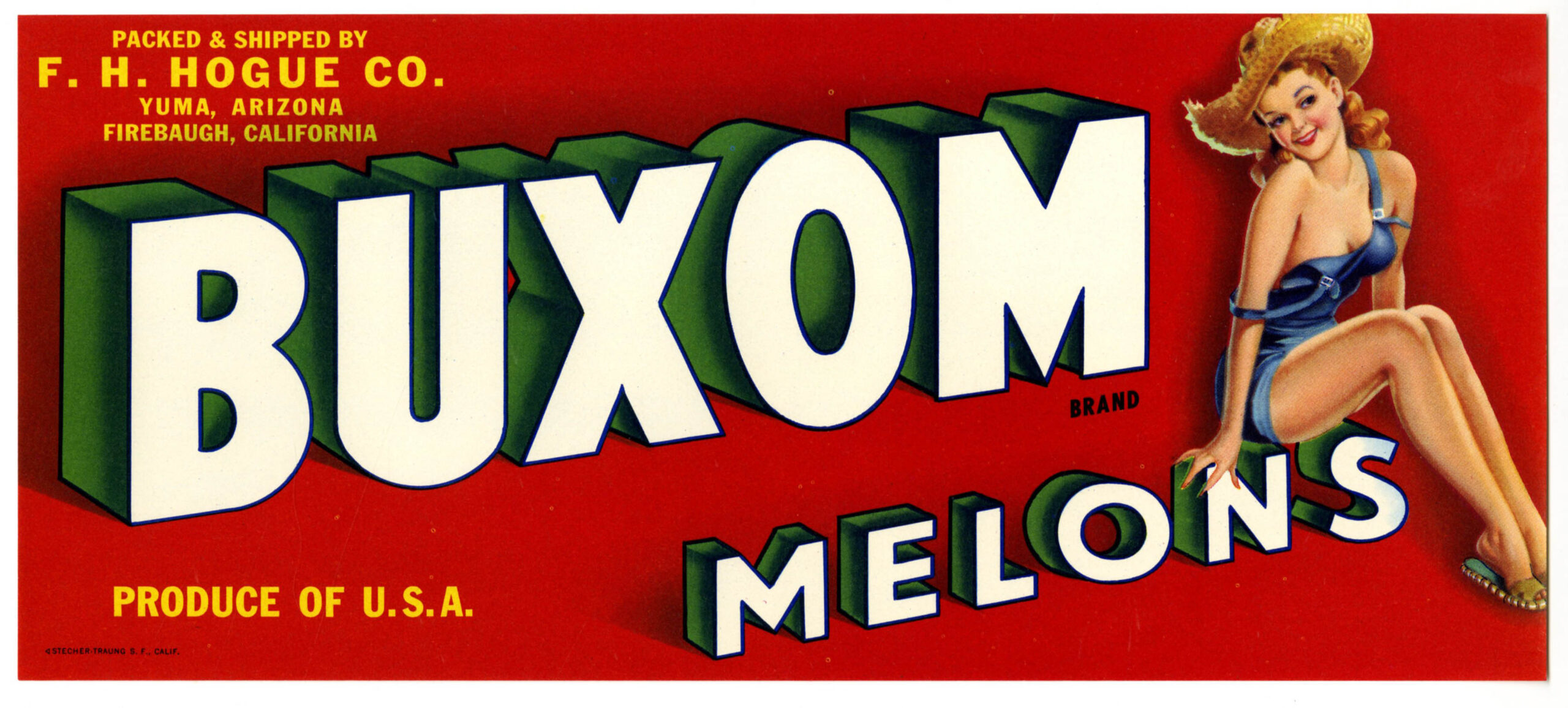Nestlé’s sleek, chic capsule system changed the way we drink coffee. But in an age when everyone’s a coffee snob and waste is wickedness, can it survive? By Ed Cumming
In 1975, a young engineer named Eric Favre took a trip to Rome that would change the history of coffee. Favre had recently started working at Nestlé’s headquarters in Vevey, Switzerland, and one of his first projects was to develop a machine that would combine the convenience of domestic coffee with the quality of an Italian espresso bar, where customers paid more for a product made by an expert using large, expensive equipment.
Successful products can look inevitable in hindsight, but the gap in the market wasn’t obvious. At the time, two kinds of coffee were drunk at home. There was roast and ground, which was tasty but laborious, whether prepared in a cafetière, stove-top or filter machine. Or there was soluble instant coffee, which was quick and easy but had an unsubtle flavour. To be tempting at a higher price, Favre’s new machine had to offer high-quality coffee with the speed and ease of instant.
Read more: theguardian.com

Recent Comments